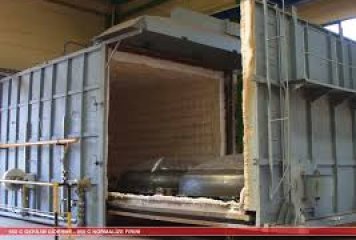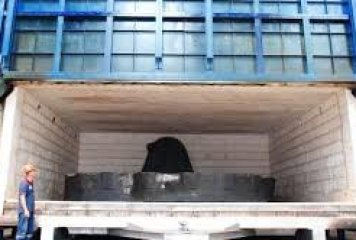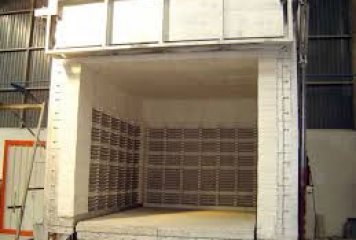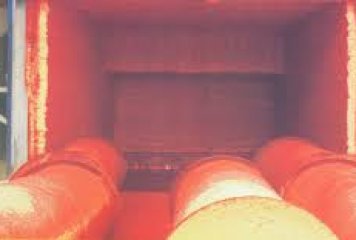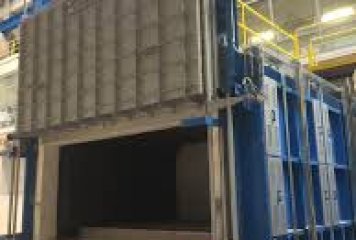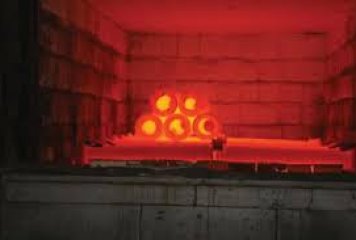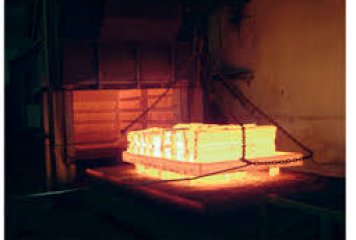Stress Relieving Furnace
VOLTAGE REMOVAL
It minimizes residual tensions in the structure of the part, thereby reducing the risks of dimensional changes that may occur at later production stages or end-use of the part.
Benefits;
Processing and cutting will create tension in the material as well as plastic deformation. These tensions, like the heat treatment to be carried out in the next step, cause unwanted dimensional changes if they occur uncontrollably. Stress relieving is applied to the part to minimize tension and dimensional change risk after machining.
Stress relieving is normally done after rough machining, before final machining, eg before polishing or grinding.
Stress reliefs, such as nitrocarburization, should be applied to parts that have a dimensionally narrow tolerance and will be processed later.
Welded structures can be de-tensioned by stress relief.
Applications and materials;
Stress relieving does not change the structure of the material and does not significantly affect its hardness. Stress relieving should be carried out at a temperature approximately 50 ° C below the tempered temperature so that the hardness of the hardened and tempered parts does not change. Stress relieving should be carried out at temperatures above 600 ° C before nitrocarburization. Stress relief can also be applied to copper and brass alloys. High-temperature dissolving is normally required for stainless steels.
Process details;
Stress relief temperature for steel parts is normally between 550 ° C and 650 ° C. Retention time is about one to two hours. After holding time, the parts should be cooled slowly in the oven or in the air. Slow cooling speed is important to prevent tensions due to temperature changes in the material. This is especially important in stress relieving larger parts. If it is desired to protect the surfaces from oxidation, stress relief can be performed in a protective gas oven. Vacuum oven can be used in extreme conditions. Stress relieving process temperature of copper parts is between 150 ° C and 275 ° C according to its alloy, and between 250 ° C and 500 ° C for brass parts.

